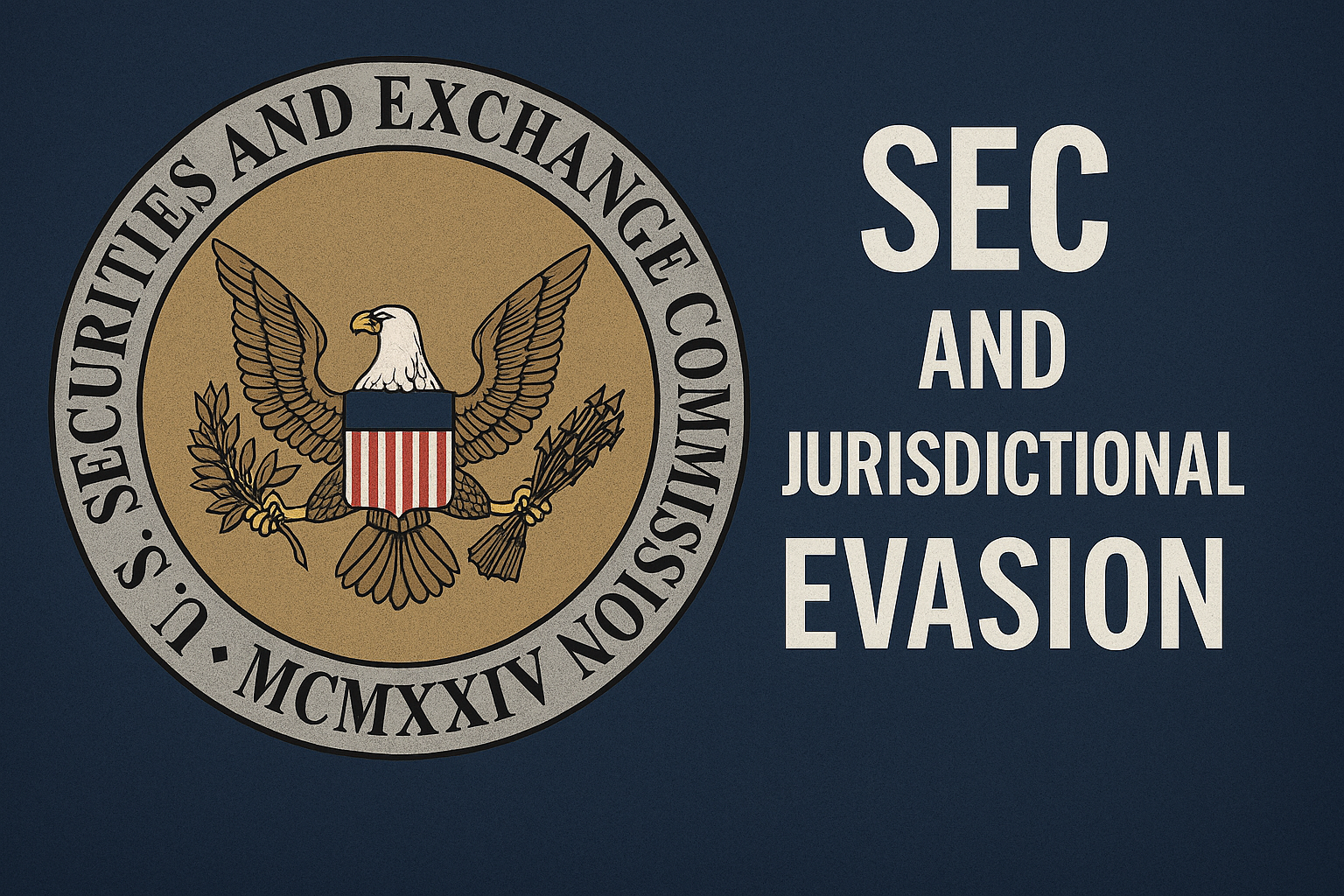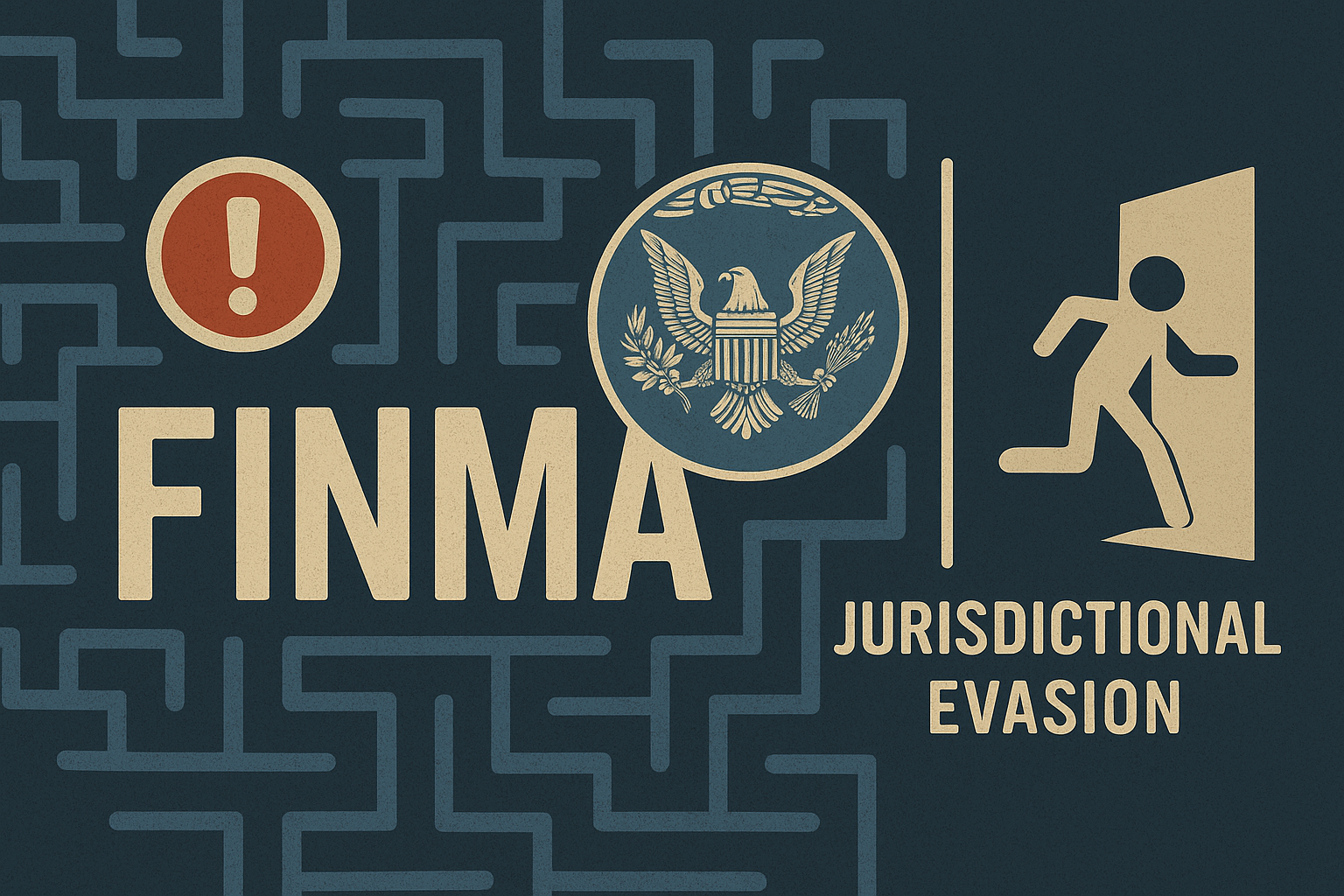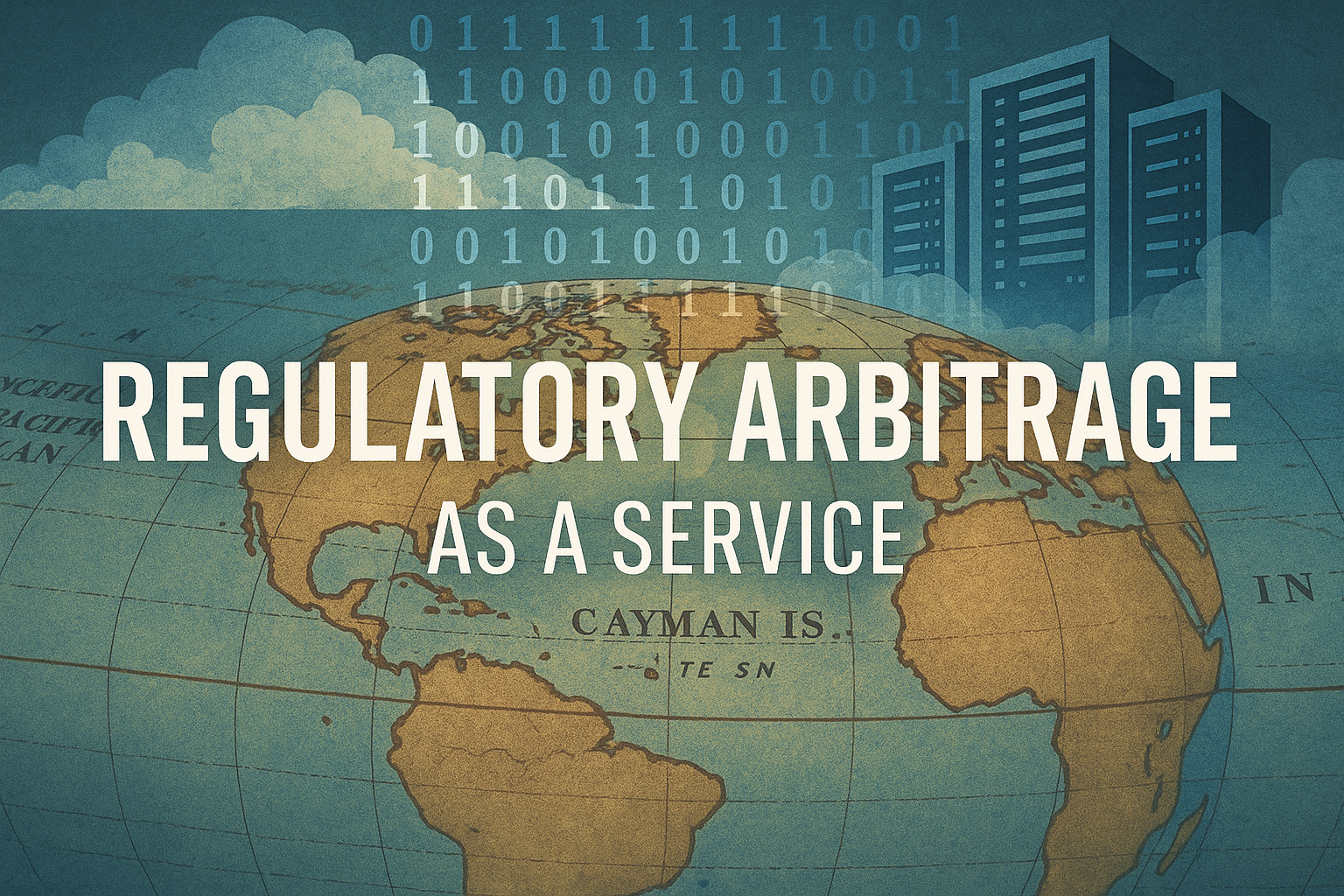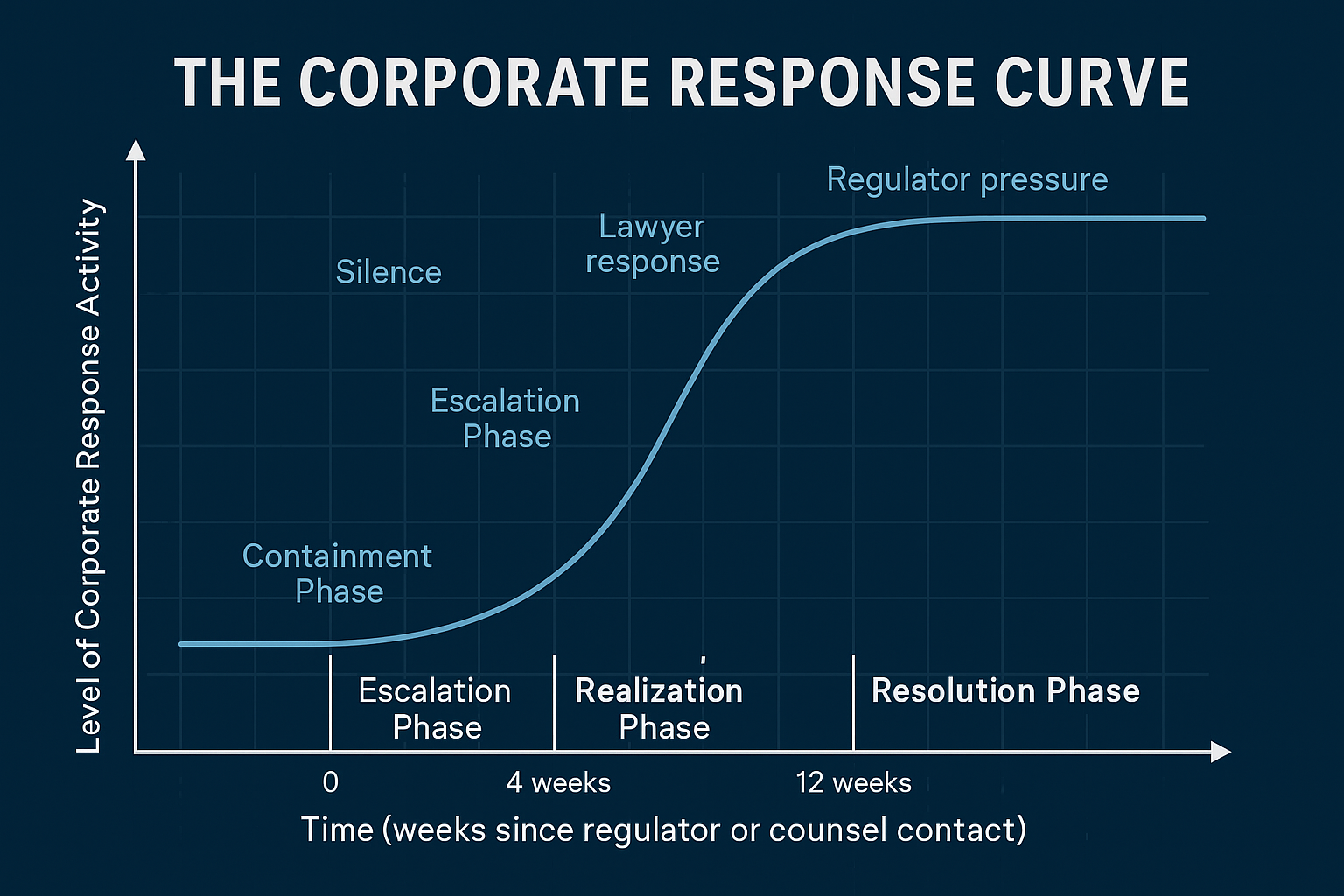Table of Contents
Introduction
The United States Securities and Exchange Commission (SEC) is one of the world’s most powerful financial regulators within its borders.
But in a globalized marketplace where financial platforms distribute risk and data across jurisdictions, the SEC’s reach often stops where complexity begins.
When misconduct crosses borders, enforcement becomes diplomacy.
And diplomacy moves at the speed of paperwork.
How Jurisdictional Evasion Exploits the SEC
- Enforcement Without Restitution
Many settlements focus on regulatory penalties rather than investor compensation.
For global companies, this creates a path to pay fines without addressing harm. - Jurisdictional Fragmentation
Offshore structures, like Cayman or Swiss entities, allow firms to claim that customer relationships exist outside U.S. jurisdiction, even when the affected investors are American citizens. - The Memorandum Mirage
The SEC maintains cooperative frameworks with foreign regulators such as FINMA.
In theory, these agreements enable joint investigations.
In practice, they often create bureaucratic delay loops where each regulator awaits the other’s confirmation to act. - Disclosure Through Delay
Some entities treat regulatory requests as procedural games. Each request restarts the “response clock,” transforming transparency into a slow-motion defense strategy.
The Human Cost of Enforcement Gaps
For investors, the SEC’s global limits translate to unresolved harm.
Settlements without restitution are symbolic victories, compliance theater that acknowledges wrongdoing without repairing its damage.
The pattern is systemic:
- Case closed. Funds not returned.
- Enforcement celebrated. Accountability deferred.
Why It Matters
Jurisdictional evasion doesn’t merely escape oversight, it exploits its structure.
Every blind spot becomes an incentive to replicate the same evasive architecture elsewhere.
Transparency requires redesigning cooperation itself:
Data must follow the damage, not the domicile.









